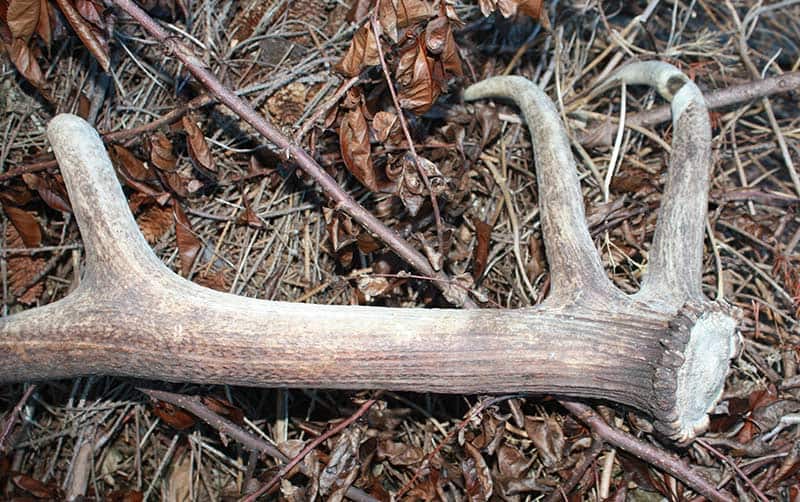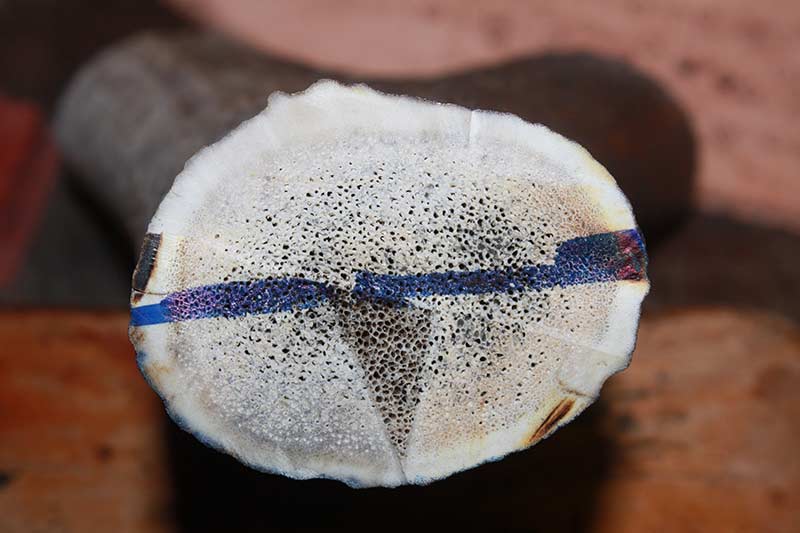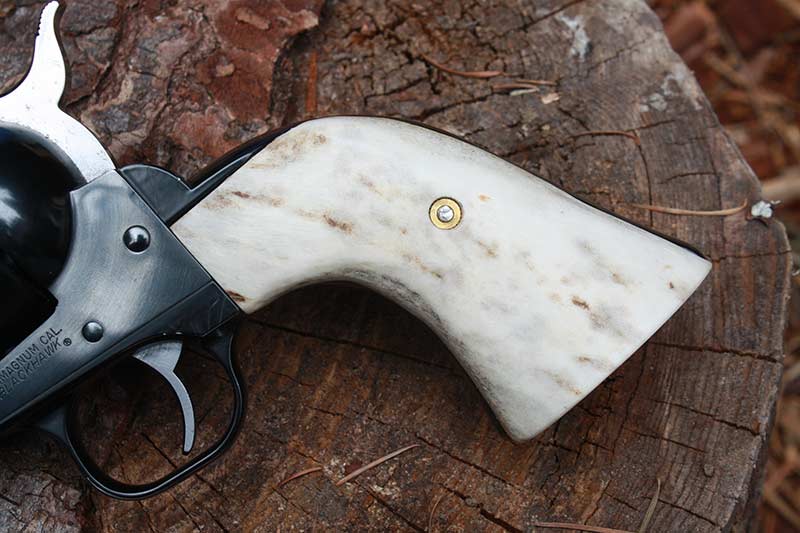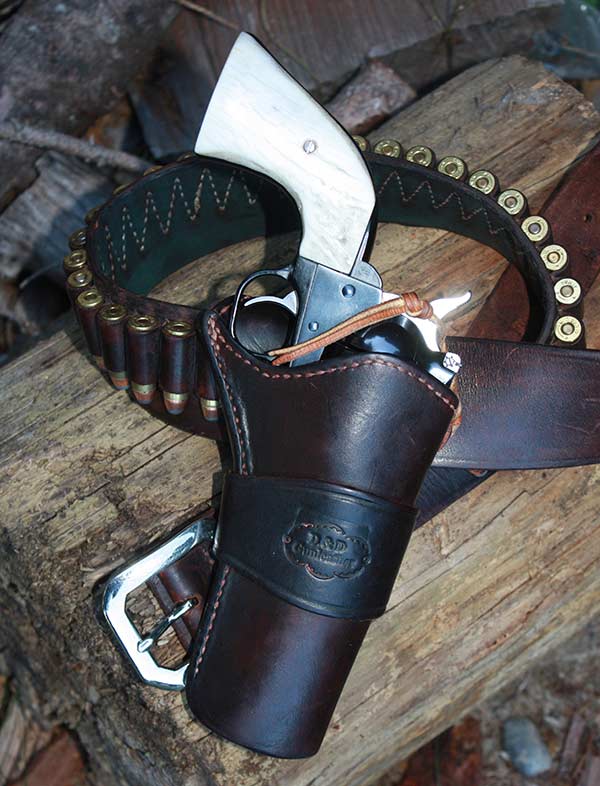Majority of gun owners feel safer with gun in home
Just over one-third of gun owners (36%) say the presence of a gun in the home doesn’t make a difference one way or the other, but only six percent said they feel “less safe” with a gun in the home. Perhaps that small minority needs to take a home firearm safety course.
One alarming discovery by Rasmussen in a gun-related poll was that 48 percent lf American adults “favor a mandatory federal license for all gun owners. Thirty-nine percent (39%) are opposed, while 13% are undecided.” Apparently, that 48 percent has a fundamental right confused with a government-granted privilege.
The Rasmussen survey was published in mid-August, and it also revealed that 51 percent of identified Republicans have a gun at home, while only 31 percent of respondents identifying as Democrats and 36 percent of Independents admit to having a gun.
Rasmussen also reported, “Whites are more likely to have a gun in their household than blacks and other minority Americans. But 63% of other minorities feel safer because of the gun, compared to 58% of whites and 52% of blacks.”
What’s this mean? For openers, guns are once again a hot button issue, with Congress threatening to take action on various gun control proposals following three high-profile shooting incidents last month, in California, Texas and Ohio, with the El Paso shooting being the worst, with 22 fatalities.
By some estimates, there are more than 100 million gun owners in the U.S. A bit of simple math shows that a tiny fraction of those people ever commit a crime, yet they are now expected to take another penalty because of three horrendous criminal acts.
Rasmussen also found that people under age 40 are less likely to have a gun in the house than their elders. And many of those firearm owners are making it pretty clear they’re tired of being scapegoats. Watch for voter registration drives to pick up at gun shows, state fairs, gun shops and other gatherings as 2020 looms.
Gets A Grip
About three weeks ago, this correspondent wrapped up a project that’s been in the works off and on (more “off” than “on” actually) for almost three years since the September 2016 grouse season opener when I was wandering the hell and gone on a ridge top and stumbled upon an elk shed.
That’s a shed antler that had been lying there probably since the previous early spring when male deer and elk shed their antlers.
Stumble is pretty much what happened, since the antler was hiding in some brush through which I was struggling to find a fool hen.
Lots of people collect antler sheds and for most of them it’s a commercial venture that winds up as jewelry, knife handles and occasionally handgun grip panels. In my case, I’ve made the handle of a ball starter for a muzzle loading rifle, but the antlers I’ve accumulated came primarily from the deer I’ve shot.
But this was a pretty big antler, and immediately my imagination kicked in. I’ve made a set of grips for a single-action Ruger sixgun from walnut, but the challenge of building a set of elk antler grips appealed to me.
Thus started a project that began, languished for months here and there, and finally came to fruition one afternoon when I remembered the blanks I’d cut out and left on a corner of my workbench.
The first thing one must do is pick out a section of antler that will allow for a full cutout of a grip blank. For that purpose, I rounded up the factory grips from my New Model Blackhawk and traced them on the flat surface of the antler I had cut in half with a jigsaw.
Be prepared for one of the most rotten smells one can imagine when cutting antler. It stinks. Do the cutting outside or in a well-ventilated area, wear a mask and safety glasses because the powder can get into everything, including one’s eyes and even lungs if you breathe that stuff.
I managed to save a bunch of that dust, having been told many years ago that some crafty fellows had used the dust from cut ivory mixed with some sort of resin or polymer to create some stuff they called “bonded ivory.” I tried mixing the antler dust with epoxy and the result sucked. Forget it.
Once you’ve got the rough blanks cut — and make sure they’re oversize so you can gently take them down to the finished product that fits the grip frame — it’s time to go to work. I started the time-consuming effort of shaping the antler sections with a Dremel and a used round file that began life as a chainsaw sharpener.
In the meantime, I went online and ordered a half-dozen grip escutcheon screw sets from Brownell’s, an outfit that has come to my rescue more than once. Happy to say I’ve used a couple of those on other little projects but this was to be the project of all projects.
One thing about elk antler is that the interior is very porous and can even become pulpy if it’s exposed to the elements too long. It has also been known to be too soft to take a screw set, but I found a solution by mixing up some epoxy and spreading it carefully over and into the pores, like butter. Use a metal or plastic putty knife for this and allow the epoxy to set overnight.
I headed to the hardware, picked up several sheets of sandpaper, with grains ranging from 120- to 1000-grit. I discovered a new use for my electric sander and that helped cut down rough prep time.
I next began the final rough shaping, with 150-grit sandpaper, taking off only tiny amounts of surface material at a time. I remembered what my pal, Raj Singh, owner of Eagle Grips (I own several sets and I have no intention of doing a project like this again; one cannot out-do the master!) had said about antler and horn. It is essentially bone, and it sure was hard enough.
I would take off a bit, then place the blank on the grip frame to gauge my progress. This takes a while, so patience is a necessity if not a virtue.
Once the grip matches up with the frame, final work begins with 400- and 600-grit sandpaper. A little here, a bit there, take off a sharp edge, smooth a corner. Then comes the buff, and I did this mainly by hand with the 1,000-grit paper, using a very fast back-and-forth stroke that polishes elk antler superbly.
For an added touch, I used a buffing wheel on my Dremel to finish the polish job.
By making my own grip, I also did something that may surprise some folks. I left the width of the grip panels wider than one might expect because my Blackhawk is chambered for the .41 Magnum, and a narrow grip tends to pound the gun hand palm something fierce. People who like thin grips on a single-action revolver must shoot a lot of light target loads!
I also left the bottom of the grip panels flat and flush with the frame. I don’t know who decided to bevel the grips on a single-action revolver, but in my humble opinion, that guy was nuts. The bevel accomplishes nothing and indeed, has made holding a sixgun rather uncomfortable during recoil.
Something else can be done when the interior pulp shows through, as it invariably does when the grip shape is achieved. Give it an application of neutral shoe wax and rub it in.
This fall, I’ll be packing that six-shooter along on a mule deer hunt. I do not expect any disappointment.
You can do this. All it takes is to head for the mountains, stumble around in the brush until you trip over an elk antler, curse a bit, pick up the antler and carry it back to your vehicle. Then go home, break out the tools, marking pen, stock up on sandpaper and get to work. Piece of cake!










